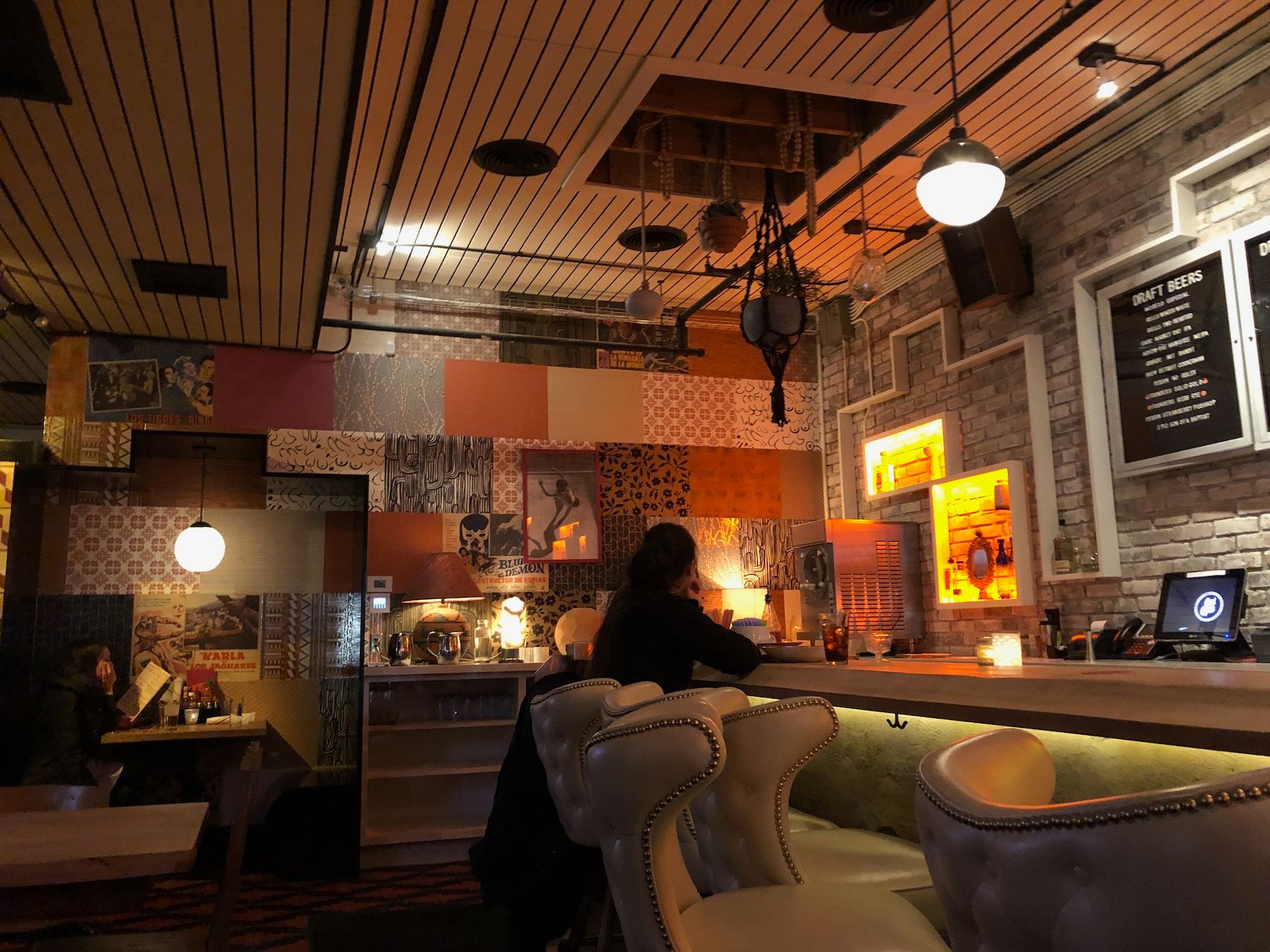Back from hibernation. The draft is in progress; the house is in progress; let’s not talk again about either until they’re done (soon). I’ve been fermenting, both in a metaphorical sense and a literal one: there’s a jar of red-purple almost-kraut on a counter in my kitchen. Next to it is another jar, stuffed with crunchy okra, cloves of garlic, sliced red peppers, stray fennel left over from a previous meal. A few steps from that, on two different shelves: a ginger bug, effervescing, and a colony of kefir grains, eating through the lactose in two cups of milk and farting out sour deliciousness.
A couple weeks ago I was reading Sandor Ellix Katz’s stunning tome, The Art of Fermentation, and this paragraph struck me like a bolt of lightning:
Stuffing vegetables tightly into a jar so they are submerged under their own juices constitutes a selective environment. By excluding air, we make it impossible for mold to grow on the vegetables, which has the effect of encouraging lactic acid bacteria [naturally present on their surfaces] [….] Much of the practice and technique of fermentation amounts to understanding the selective environment you want, and effectively creating and maintaining it.
That, in a way, is what I’ve been doing all these years. What you, the reader, get from me in the form of books, talks, essays, podcasts, etc., is the shredded cabbage of my raw experiences, fermented in the selective environment of my creative practice. You get infrequent glass jars of potent, tasty stuff, and here, on Sundays, I talk about how the kimchi is made.
One factor of that selective environment is a topic I don’t write about much here – money. Money’s kind of the salt in the brine: too little and it doesn’t provide enough of a buffer for art-making lifeforms; too much of it and, I would argue, those lifeforms themselves get choked out – unless, that is, you expand too. Unless you get you get a bigger vat and stuff it with more veggies, embark on more ambitious projects. (Here’s where the analogy stars to fall apart, though: it’s not just about more output, but also higher-quality output.)
I’m at a point in my writing career where the income I make from writing and related activities covers all my expenses, most of the time. I phrase it that way because the biggest challenge is the irregularity of the income – is planning ahead. Advances tend to come in as the manuscripts are sold, delivered, and published. Extra royalties come in a couple times a year. If you’re an author with a stable of published titles, maybe you can count on a more steady income from those. But I’m not quite there yet. There’s a lot of planning ahead I have to do to smooth out my income, stock up my root cellar (if you will) for those barren months.
Which leads me to this: I’ve been thinking about setting up paid memberships as a way to support my creative practice. As contributing members, you’d not only help me keep doing what I do, but you’d also get some other to-be-decided perks. But I want to be thoughtful and intentional about this, and I’d love to hear from you before I put anything in place. Do you currently contribute or subscribe to other artists or writers, via Patreon (or otherwise)? How much do you give per month/year? What do you find most rewarding about it? What else comes to mind when you read this?
Or to float a more concrete idea, because I’ve been thinking also about general newsletter fatigue: What if I still sent out this Sunday letter weekly to members, but once a month to non-members?
Send me your thoughts!
